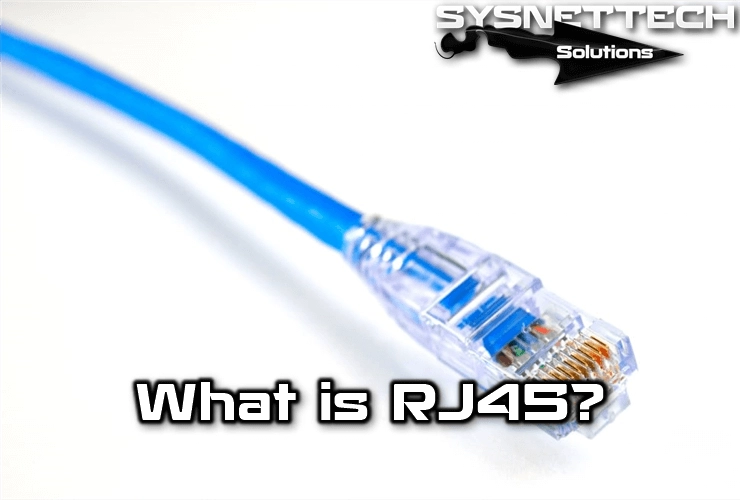The amount of information sent or received on Internet connections determines the bandwidth. It applies to computer hardware devices and network connections. In a specified period, users can transfer data efficiently.
Bandwidth determines the speed and capacity of data transmission. So, it impacts the performance of Internet and network-based applications.

What is Bandwidth in Networking?
The term bandwidth in computer technologies is often specified. The specification is in bits per second (bps), kilobits per second (kbps), or megabytes per second (Mbps).
It expresses data transfer capacity. The movement of data from one point to another within a given period determines the amount of it transferred, known as bandwidth. It is a significant factor in network performance. This term defines how fast you can transmit the packet.
There are two essential elements to calculate network capacity. These are electrical transmissions and protocols that provide safe and efficient data communication.
Also, there is a bus for these elements. It allows point-to-point communication between components. Moreover, the bus uses a protocol. It ensures controlled and organized communication.
Data buses interconnect hardware from various manufacturers. In some cases, a bus belongs to one manufacturer. Standardization becomes crucial in such situations. It lets manufacturers communicate with ease. They can set up and interact with different components. All this is possible through a standard interface.
Bandwidth in Computer Hardware
Computer hardware has various types of buses. Examples include ATA, SATA, and SCSI interfaces for storage devices. Furthermore, networks use Ethernet. Moreover, ISA, PCI/PCI-E, and USB interfaces serve as expansion paths.
Busses resemble Datapaths, yet differences exist between them. Busses exist inside system components. But general-purpose applications optimize them. They focus on speed and low cost.
Datapaths are the paths to the cache or memory within the CPU (Processor) or GPU (Graphics Card) chip.
Bandwidth issues can occur due to various reasons. For example, when device hardware shares a bus, it reduces the adequate date rate for all devices.
Additionally, the bus can be a resource reserved with a fixed number of devices connected to it. However, the electrical characteristics of the bus may limit available capacity.
Measuring bandwidth can be challenging. Usually, it measures in megabits per second (Mbps). Therefore, the term used to refer to this large number of bits is megabits. Mbps represents data transfer per second.
Devices with broadband connections display Gigabit speed or Gbps for higher throughput. Also, it indicates the amount of packets a link can send per second in Gigabits.
A lot of available information exists, but one must avoid network latency. Doing so increases the transmission speed of packets across the network.
Network Connection and Package Content
The Internet is a vast network. Because of this, it consists of millions of computers connected by LANs. Home users need connectivity from ISPs to access this LAN.
Home users use DSL connections for packet transmission. ISPs determine the rate at a specific cost and contract. So, lower-cost Internet connections have lower network capacity.
A user with a DSL connection to the Internet has a particular packet transfer between their computer and the Internet provider. They dedicate this bandwidth to serving their needs. However, they must also ensure that enough information is available to other customers.



